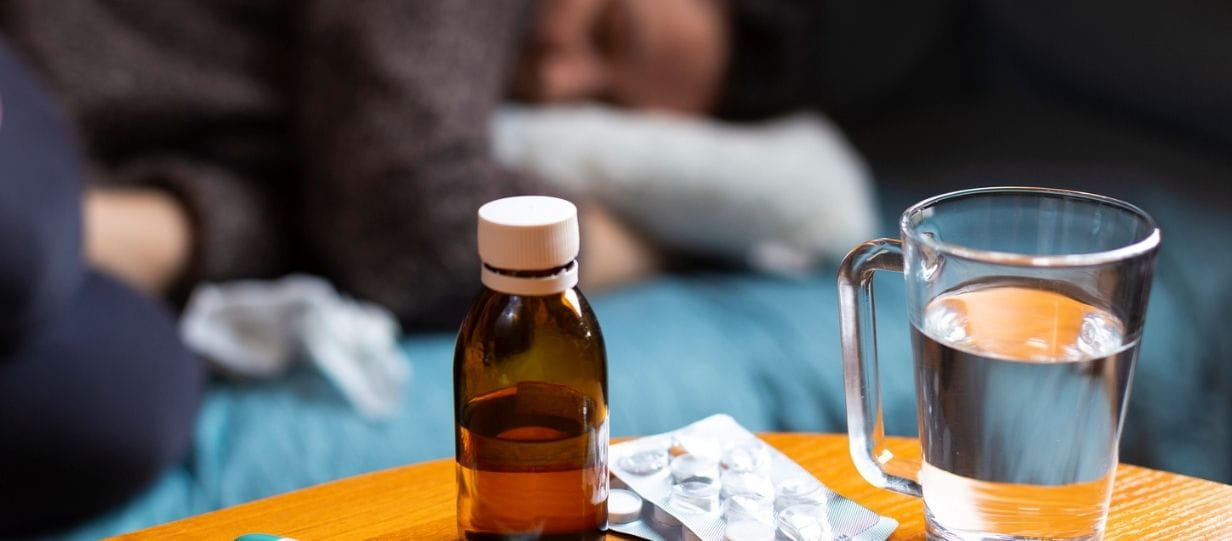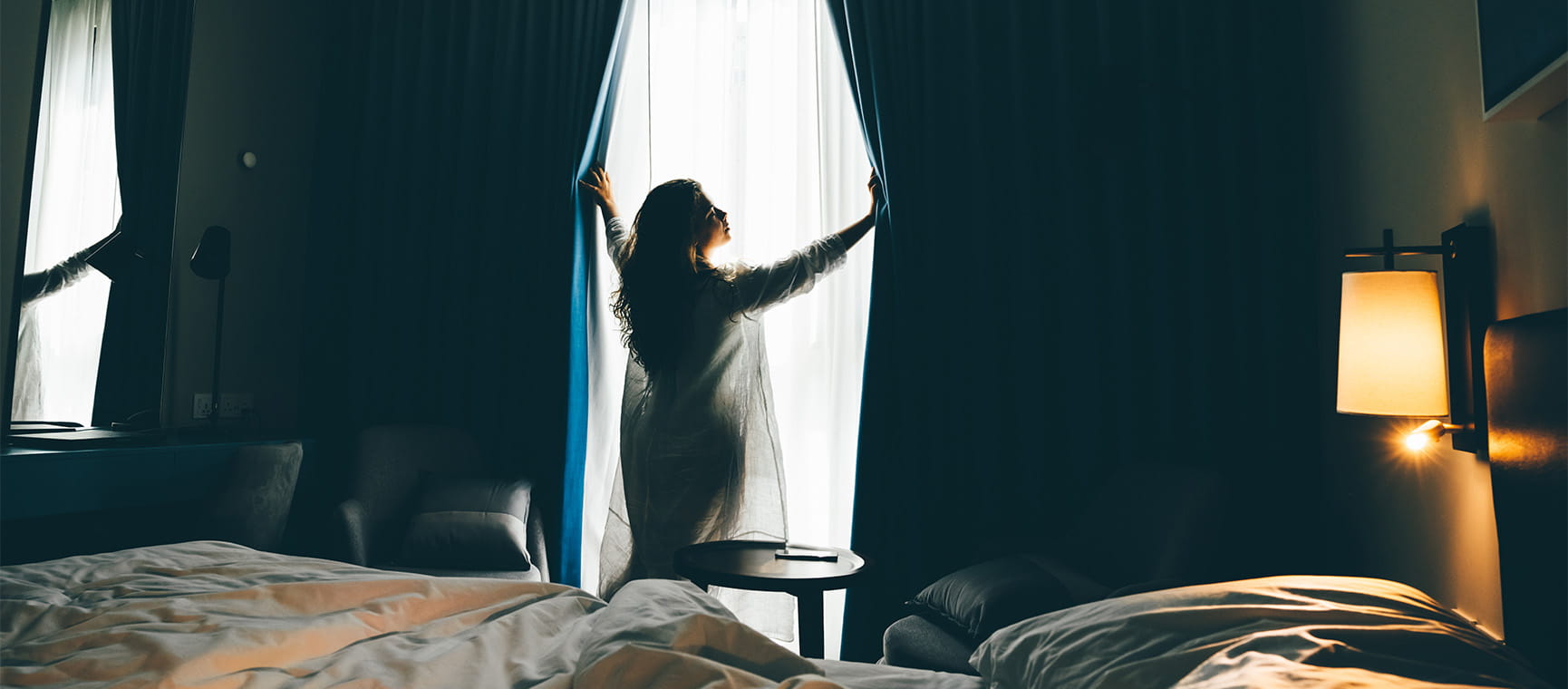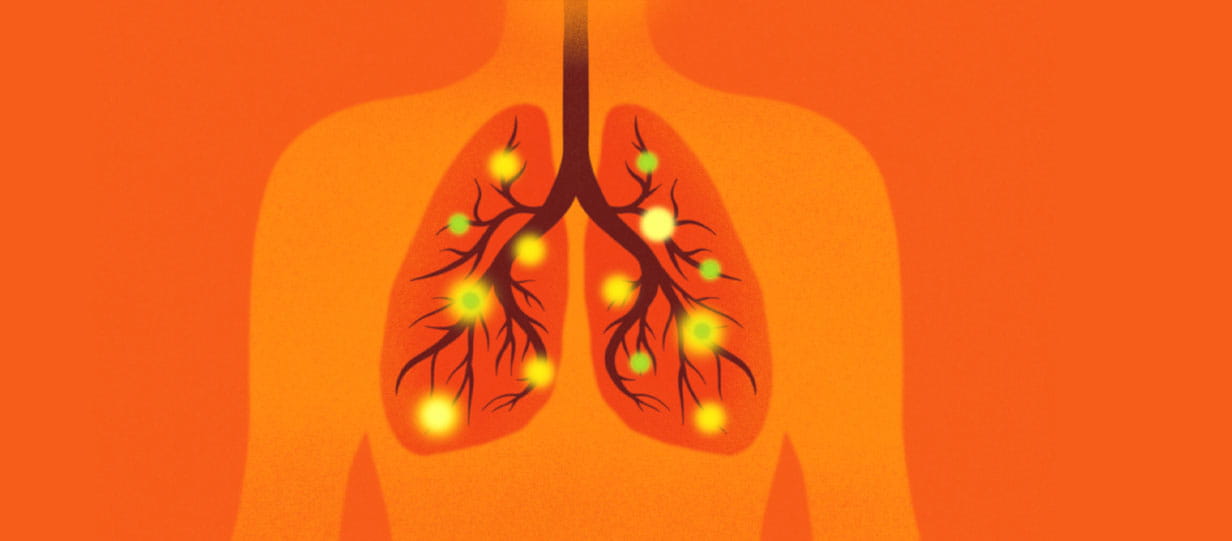Health & Wellbeing
Our experts show you simple and effective ways to stay healthy and active, so you can live your passions every day.

Why this year’s flu is so serious for older people – and how to protect yourself

What doctors do to avoid Christmas lurgies, hangovers and burnout
Medical experts share their tips for staying healthy over Christmas.

How your daily cup of coffee can prevent falls
Caffeine can be more than just a morning pick-me-up or a tasty drink, it has surprising health benefits too.

How to feel less groggy in the darker mornings
Want to start winter mornings feeling energised? Follow these five simple tips.

6 surprising health benefits of parsnips

Pneumonia: what are the symptoms and when should you seek medical treatment?
Everything you need to know about the lung infection, and how you could be ill with “walking” pneumonia without realising it.

Why this year’s flu is so serious for older people – and how to protect yourself

Prostate cancer screening: what you need to know
There’s still no UK screening programme for prostate cancer, but men can ask for a test. We answer your questions.

What doctors do to avoid Christmas lurgies, hangovers and burnout
Medical experts share their tips for staying healthy over Christmas.

Am I at risk of diabetes? How to spot the signs
How to spot the warning signs of diabetes and the ways to tell if you are at risk.

Pneumonia: what are the symptoms and when should you seek medical treatment?
Everything you need to know about the lung infection, and how you could be ill with “walking” pneumonia without realising it.

How safe is your favourite painkiller?
Most of us don’t think twice before popping a few over-the-counter painkillers, but does new research question their safety?

How to enjoy Christmas without piling on the pounds
Follow our expert tips to eat healthily and stay fit through the turmoil of the festive party season.

How your daily cup of coffee can prevent falls
Caffeine can be more than just a morning pick-me-up or a tasty drink, it has surprising health benefits too.

For a limited time, enjoy 3 issues of Saga Magazine for just £1. Receive the next 3 print editions delivered direct to your door, plus 3 months’ unlimited access to the Saga Magazine app—perfect for reading on the go.
Don’t miss your chance to experience award-winning content at an exceptional price.
Play our free daily puzzles
Beat the boredom and exercise your mind with our selection of free puzzles.



